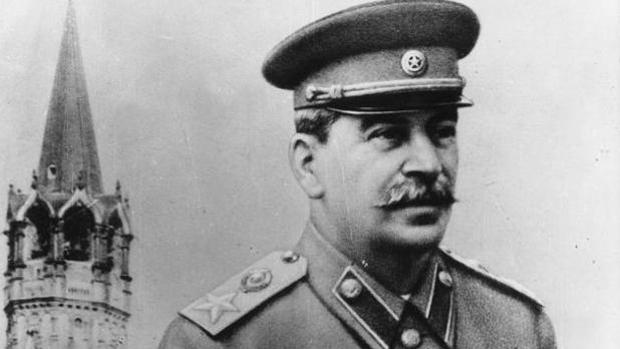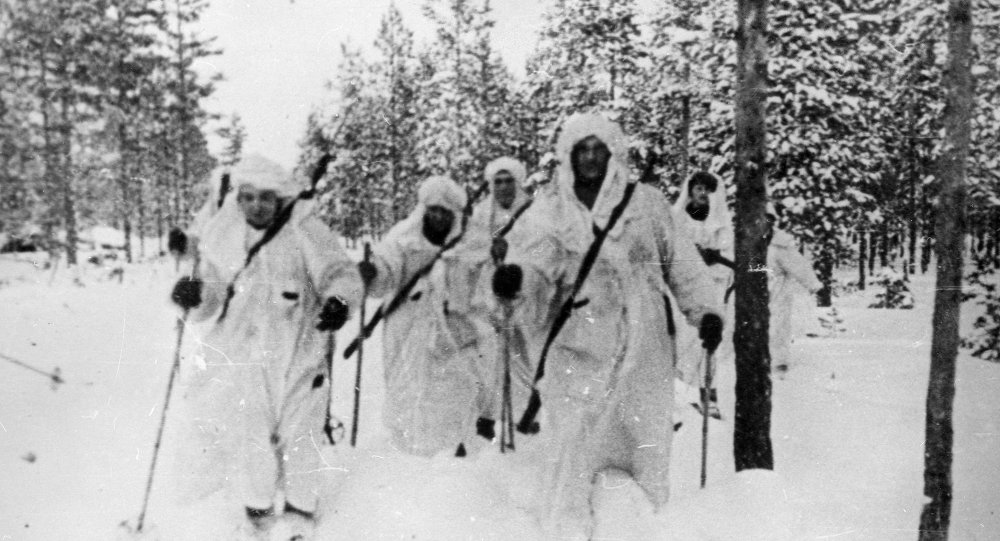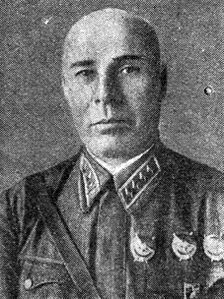The USSR bled to death in Finland.
Just 80 years ago, Finland had an asymmetric Homeland Defense War against the USSR in the cold winter of 1939-1940. It is known as the Talvisota.
In 1939, Stalin demanded from Finland the «cession» of some strategic territories around the Baltic, for the better defense of Leningrad.

Helsinki rejected the request. And on November 30, without prior declaration of war, as was used at that time, and breaking the Non-Aggression Treaty signed with Finland in 1934, the USSR attacked it at 06:50 on November 30. An imposing mass of 450,000 Soviet soldiers crossed the common border, from Lapland in the north to the Karelian Isthmus in the south, preceded by a large artillery preparation and supported by some 2,000 tanks and a thousand planes. The Soviet order of battle was made up of 4 armies, made up of 23 divisions of very different quality.

The plan of attack was very simple: From the south, the 7th Army would break through the Mannerheim line and take Viipuri (Viborg), the country’s second largest city. Surrounding Lake Ladoga from the northeast, the 8th Army would advance on the area of the smaller Finnish lakes, cutting off the Karelian Isthmus. In the center of the front, the 9th Army would break straight towards the port of Oulu, in the Gulf of Bothnia, about 225 km from the border, cutting Finnish territory in two parts; its next operational objective could be to reverse attack the main Finnish positions around the Gulf of Finland. In the extreme north, the 14th Army would advance in the direction of Petsamo and Nautsi.
The Finnish army, under the command of Marshal Carl Gustav Emil Mannerheim, totaled some 265,000 men and 20 tanks, concentrated above all on the land defense of the area of the Gulf of Finland and the fortifications of the Karelia isthmus.
First development of hostilities.
The large invasion columns were stranded in the middle of their advance routes, due to lack of supplies, breakdown of their transport and a very poor transitability (bad on going) of the wooded land. That tied them to existing roads. And, that made them easy prey for Finnish raiding forces on sleds and skis. Strong in a reinforced light infantry company. And equipped with many infantry mortars and anti-tank grenades and light machine guns. Mercilessly fleecing the exposed flanks of the stopped units. And that retreated without defending their attack positions.

The Soviets had to make a painful retreat to their starting bases.
Brief analysis of the initial development of the war.
Between the east of the Ladoga and the Arctic Ocean, the common border of Finland and Russia appeared extensive and vulnerable on paper. It was truly a tangle of lakes and forests, ideal for setting traps, ambushes, targeted harasses and flanks and rear attacks, in a light infantry’s flexible mobile defense repulse plan. The terrain of operations, wooded and broken, provided numerous natural obstacles that narrowed and boxed the Soviet forces in the approach paths and favored the defense. The Soviets did not take into account the characteristics of the climate and terrain of Finland, where they were going to use their motorized columns.

The relative concealing heights, to the right and left of the aforementioned Finnish roads, provided by the sinuosities, the terraces, the holes, the ravines and the surrounding groves, allowed the temporary concealment of small Finnish units, which awaited their opportunity to attack alone or in coordination with others, depending on the type of action decided upon. The general quality of the Soviet troops did not allow them to send forward a competent reconnaissance with combat capabilities and artillery support. That would operate on terrain that is difficult to pass through, parallel to the advance routes. And capable of acting from the flanks of the «marching groups» with the support of their security, detecting possible dangers for them and even repelling the enemy, frustrating their intentions.

The Soviets did not carry out adequate logistical preparation, amassing enough of their extensive resources for such a powerful offensive. In addition, its only railway line in that area was the line from Leningrad to Murmansk, which in its 1,300 km of travel only had one branch in the direction of Finland, to supply all its troops on campaign.
The Soviet counterattack.
General Semion Timoshenko was immediately appointed the new commander of the Northwestern Front and for 6 weeks he re-equipped, reorganized and trained his battered armies. When the Soviets attacked again in the first week of February, they did so with new tactics, organization, and troops. But, they were neither brilliant nor exemplary.

They used the attrition and wearing tactics of Grant, at the end of the American Civil War, and of Foch, in 1918. These are specifically applicable when the means are far superior to those of the enemy, the own commanders are mediocre and, above all, without imagination, and the political superiors only ask the military for victory. The Soviets then steadily hammered the Finnish positions until they were demolished and their defenses breached. And to maintain the frontal effort, they continually rotated their front-line units.
The Finns had to accept the conditions for peace presented by Viajeslav Mijailovich Molotov, Minister of Foreign Affairs of the USSR. By the Moscow Treaty of March 12, 1940, Finland ceded the Karelian Isthmus with the fortified city of Viipuri to the USSR and leased Hangoe for 30 years.
(To be Continued)